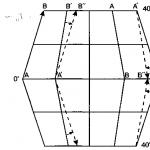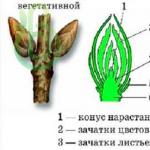What can be inside our home planet with you? Simply put, what is the Earth made of, what is its internal structure? These questions have long troubled scientists. But it turned out that to clarify this issue is not so simple. Even with the help of ultra-modern technologies, a person can go deep inside only for a distance equal to fifteen kilometers, and this, of course, is not enough to understand and justify everything. Therefore, even today, research on the topic “what the Earth consists of” is carried out mainly using indirect data and assumptions-hypotheses. But in this, scientists have already achieved certain results.
How the planet is studied
Even in the times of the ancients, individual representatives of mankind sought to know: what the Earth consists of. People also studied rock cuts exposed by nature itself and available for viewing. These are, first of all, cliffs, mountain slopes, steep coast of seas and rivers. From these natural cuts, a lot of things can be understood, because they consist of those rocks that were here and millions of years ago. And today, scientists are drilling wells in some places on land. Of these, the deepest - 15 km. Rock samples are also extracted from them that can tell people about what the Earth is made of.
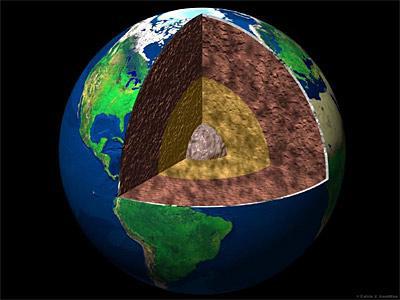
Indirect data
But this is what concerns experiential and visual knowledge about the structure of the planet. But with the help of the science of seismology (the study of earthquakes) and geophysics, scientists penetrate into the depths without contact, analyzing seismic waves and their propagation. These data tell us about the properties of substances that are deep underground. The structure of the planet is also being studied with the help of artificial satellites that are in orbit.
What is the planet Earth made of?
The internal structure of the planet is heterogeneous. Today, research scientists have found that the inside consists of several parts. In the middle is the core. Next is the mantle, which is huge and makes up about five-sixths of the entire outer crust is represented by a thin layer covering the sphere. These three components, in turn, are also not entirely homogeneous and have structural features.
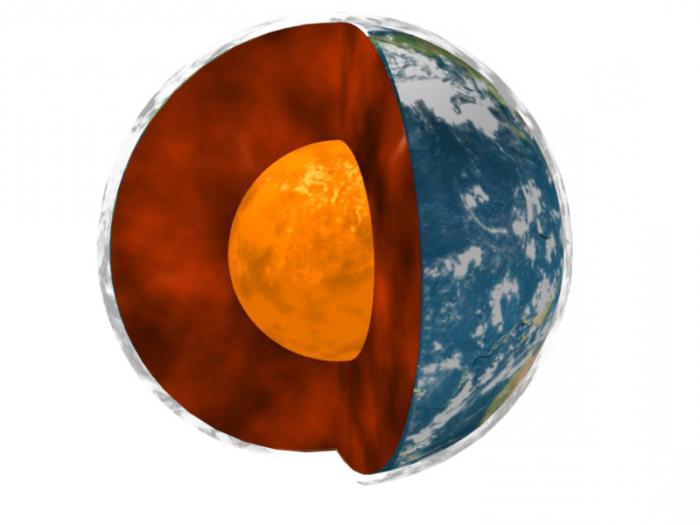
Nucleus
What is the core of the earth made of? Scientists put forward several versions of the composition and origin of the central part of the planet. The most popular: the core is an iron-nickel melt. The core is divided into several parts: internal - solid, external - liquid. It is very heavy: it makes up more than a third of the total mass of the planet (for comparison, its volume is only 15%). According to scientists, it was formed gradually, over time, and iron and nickel were released from silicates. Currently (in 2015), scientists from Oxford have proposed a version according to which the nucleus consists of radioactive uranium. By this, by the way, they explain both the increased heat transfer of the planet, and the existence of a magnetic field to this day. In any case, information about what the core of the Earth consists of can only be obtained hypothetically, since prototypes are not available to modern science.
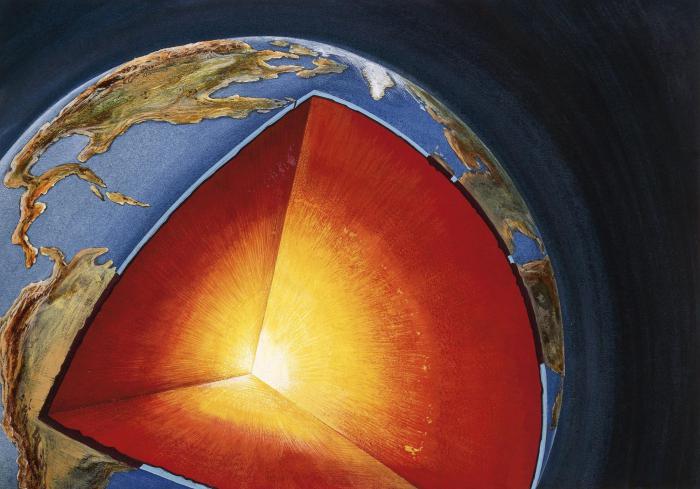
Mantle
What it consists of It should immediately be noted that, as in the case of the nucleus, scientists have not yet had a chance to get to it. Therefore, the study is also carried out with the help of theories and hypotheses. In recent years, however, Japanese researchers have been drilling at the bottom of the ocean, where “only” 3000 km will remain to the mantle. But the results have not yet been announced. And make up the mantle, according to scientists, silicates - rocks saturated with iron and magnesium. They are in a molten liquid state (the temperature reaches 2500 degrees). And, oddly enough, water is also part of the mantle. There is a lot of it there (if you throw out all the internal water to the surface, then the level of the world ocean would rise by 800 meters).
Earth's crust
It occupies only a little more than a percent of the planet by volume and a little less by mass. But, despite its low weight, the earth's crust is very important for humanity, because it is on it that all life on Earth lives.
Spheres of the Earth
It is known that the age of our planet is approximately 4.5 billion years (scientists have found this out using radiometric data). When studying the Earth, several shells inherent in it, called geospheres, were revealed. They differ in their chemical composition and physical properties. The hydrosphere includes all the water available on the planet in its various states (liquid, solid, gaseous). The lithosphere is a stone shell tightly encircling the Earth (from 50 to 200 km thick). The biosphere is all life on the planet, including bacteria, plants, and people. The atmosphere (from the ancient Greek “atmos”, which means steam) is airy without which life would not exist.
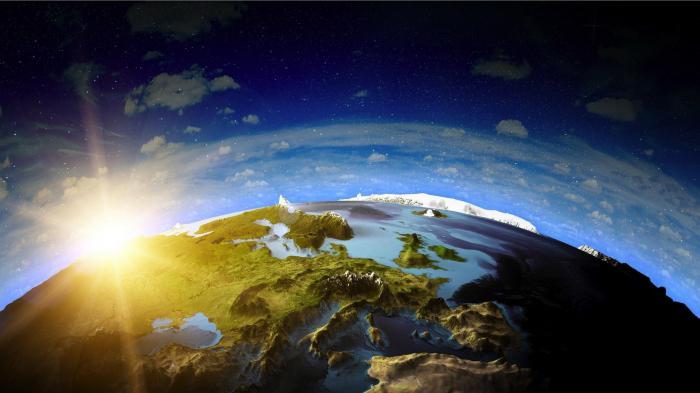
What is the Earth's atmosphere made of?
The inner part of this most important shell for life is adjacent to and is a gaseous substance. And the outer one borders on outer space near the Earth. It determines the weather on the planet, and its composition is also not uniform. What is the earth's atmosphere made of? Modern scientists can accurately determine its components. Nitrogen in percentage terms - more than 75%. Oxygen - 23%. Argon - just over 1 percent. Quite a bit: carbon dioxide, neon, helium, methane, hydrogen, xenon and some other substances. The water content in varies from 0.2% to 2.5% depending on the climatic zone. The content of carbon dioxide is also unstable. Some characteristics of the modern Earth's atmosphere are directly dependent on human industrial activity.


